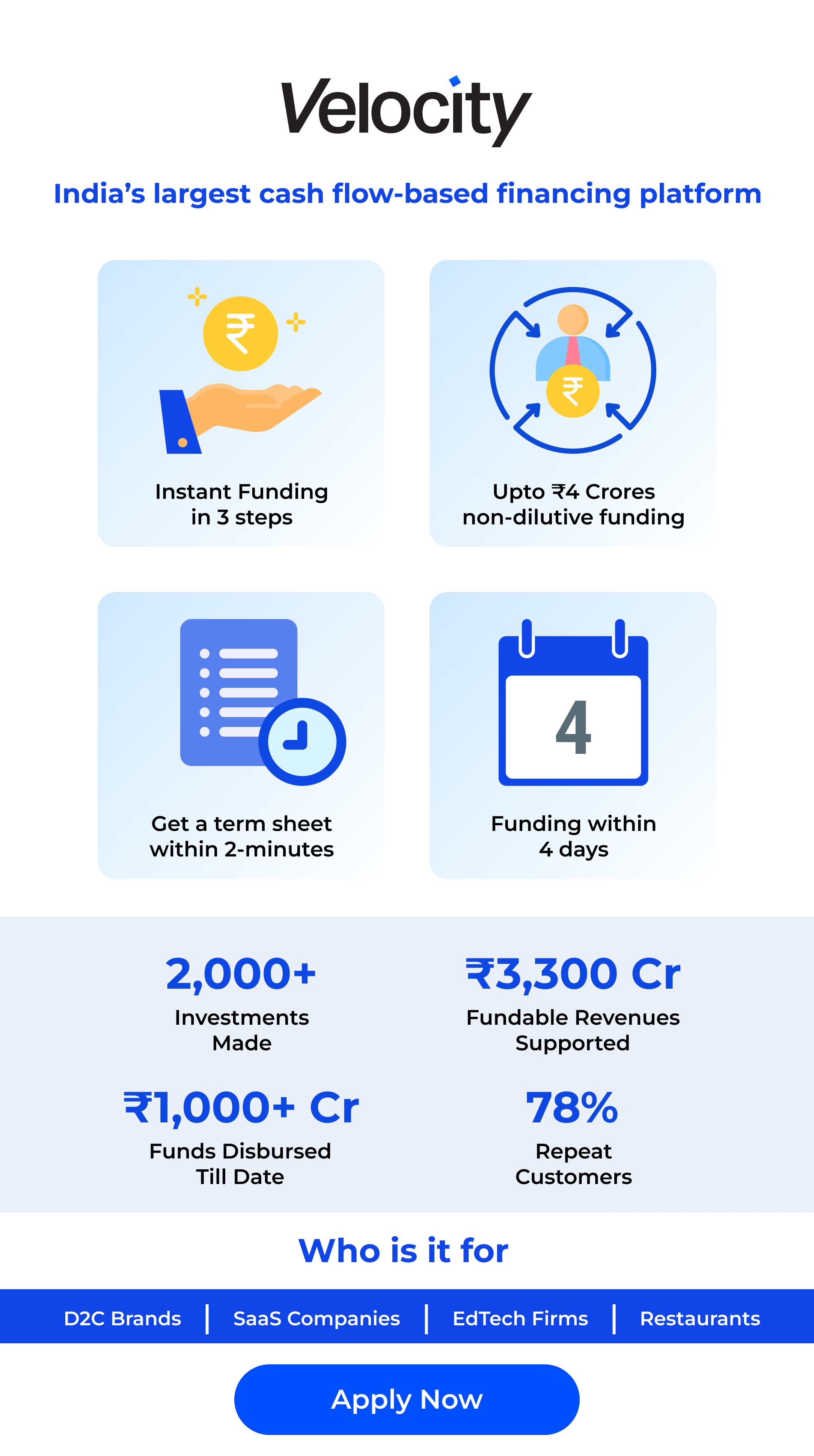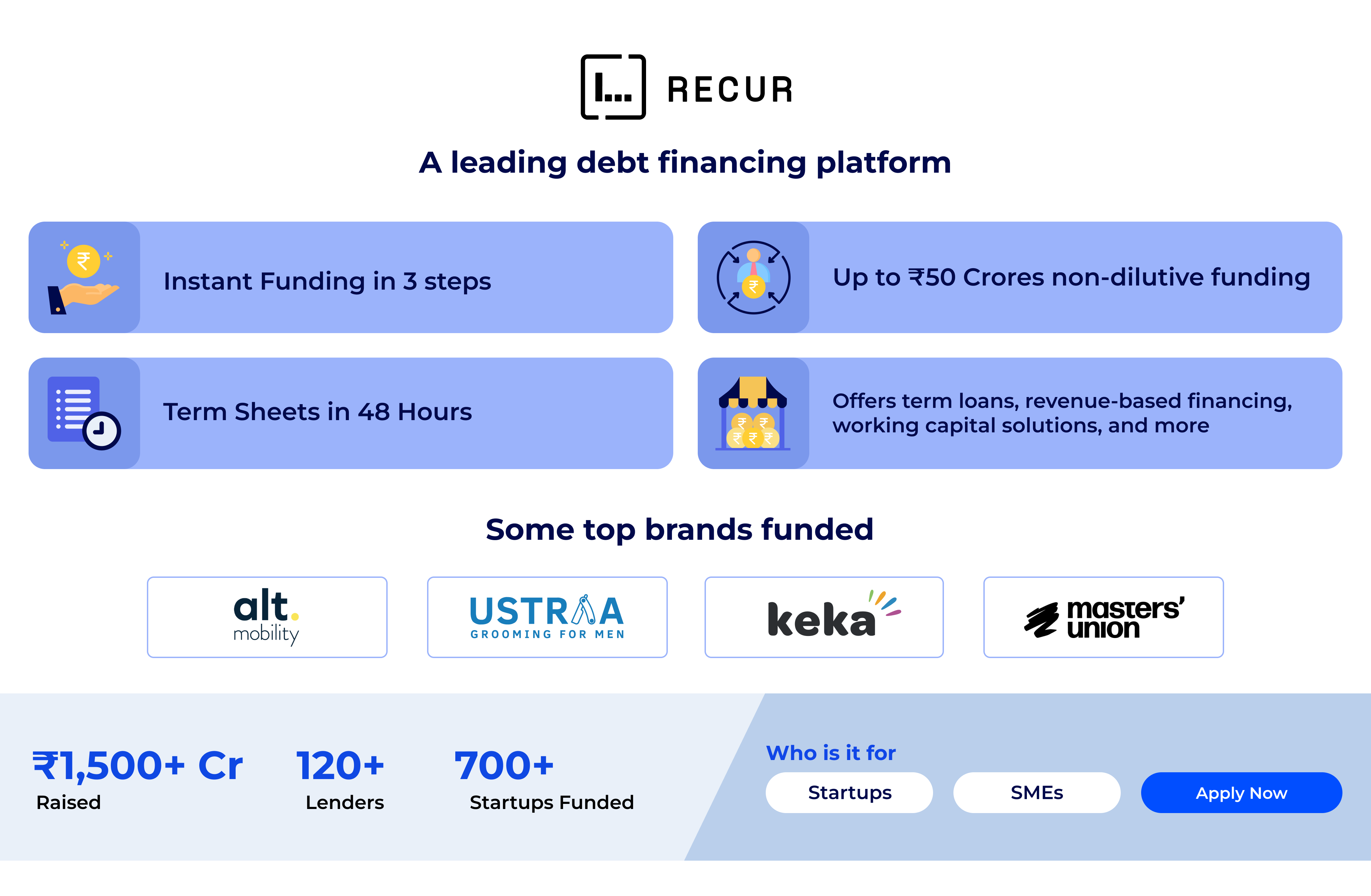Planning Pays Off: 5 Strategies to Get the Most Out of Your Delivery Speed Choice
March 3, 2025
5 min read
How To Choose The Right Shipping Method
When it comes to shipping, picking between PTL and FTL isn’t just a choice, it’s a journey. Think about it like planning a road trip: do you go all out with a private bus for you and your cargo, or is a shared van enough to get the job done? Deciding between FTL and PTL shipping methods involves similar questions about space, speed, and, of course, cost.
Both options have unique perks and hidden strengths. FTL is like taking the expressway with no stops, guaranteeing a dedicated ride just for you. Meanwhile, PTL is more of a “cargo carpool”—you share space with other shipments, which helps keep costs low without sacrificing efficiency. The trick is knowing which path best fits your needs, timelines, and budget.
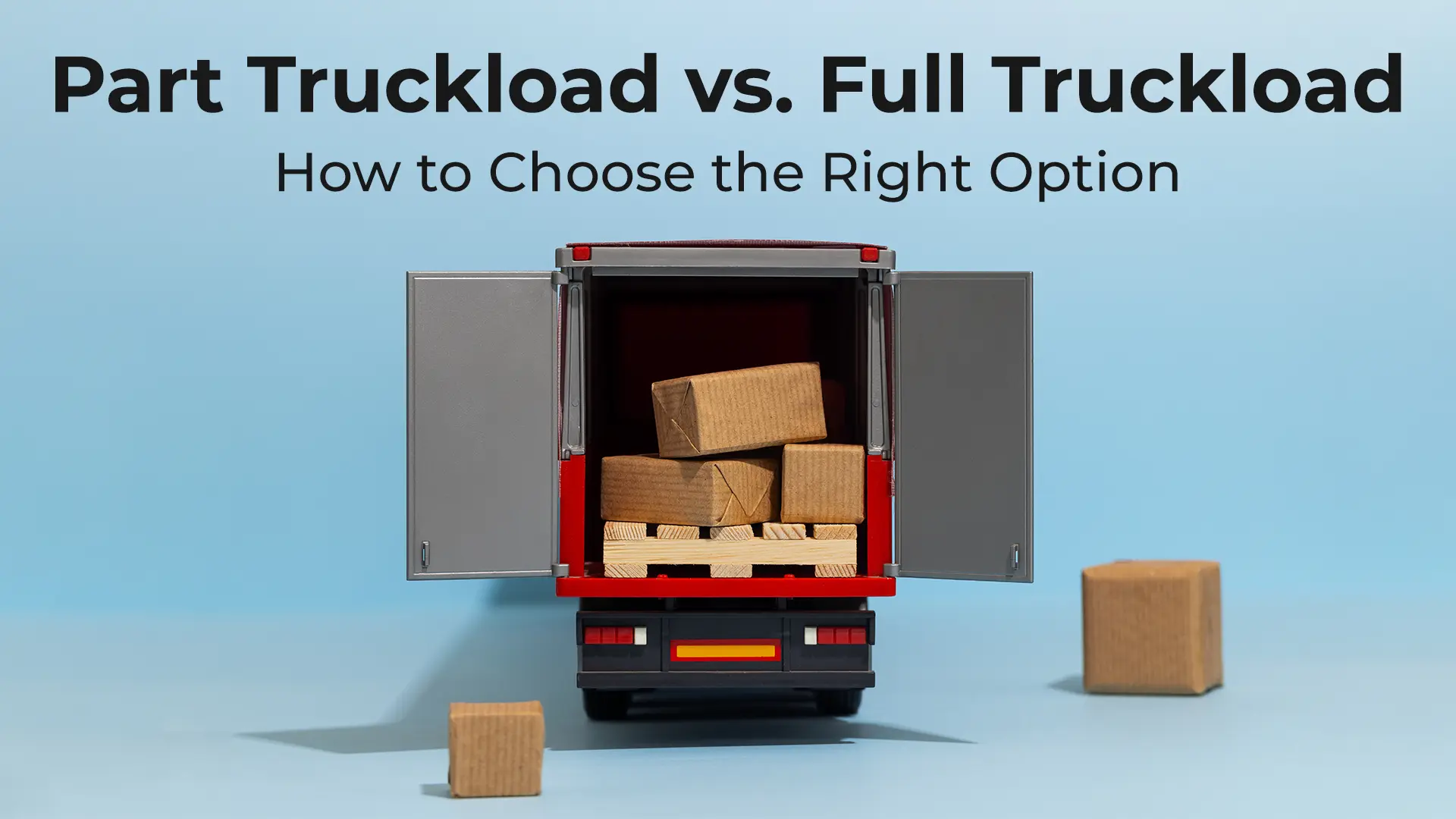
FTL and PTL: What’s the Difference?
The biggest difference between these two comes down to truck space and shipment style:
Full Truckload (FTL): FTL means you get the complete truck to yourself. It’s ideal for giant, heavy, or fragile shipments requiring additional care or urgency. FTL shipments move straight from point A to point B without detours or waiting for other stops. Think of FTL as the ultimate express delivery with no other passengers onboard.
Part Truckload (PTL): PTL is all about sharing the ride and the cost. If your shipment doesn’t fill an entire truck, you share the space with other cargo heading in the same direction. With PTL, you pay only for the space you use, making it a budget-friendly and an environmentally-conscious choice. There may be a few stops, but the journey still reliably gets your goods to their destination.
Understanding these basics helps you start choosing, but let’s look a little closer to see where each really shines.
Why Choose FTL?
If you’re hauling a big, bulky, fragile, or just plain important load, FTL may be the answer. Here’s why:
Direct Route, No Stops: With FTL, your cargo takes a direct route without stops, like having the whole bus for yourself. There are no sidetracks or unexpected stops; your shipment is the star of the show, moving smoothly and quickly to its destination.
Top-Notch Security: FTL is the “VIP lounge” of shipping. Because the entire truck is dedicated to your shipment, minimal handling reduces risks of damage or loss—perfect for high-value or fragile items.
Fast Delivery: When time is ticking, FTL’s direct approach means faster delivery, which is ideal for time-sensitive shipments. Since there’s no need to share space, your goods get the quickest route.
Cost Efficiency for High Volumes: If your shipment fills up most of the truck, FTL can be more cost-effective than PTL. You maximize the use of the truck space, so if you’re moving large volumes, FTL saves you from paying by the pallet or box.
FTL provides efficiency and peace of mind. FTL is likely your best option if you’re looking for the gold standard in speed, security, and control.
Why Choose PTL?
When you have a lighter load, PTL and FTL both remain on the table, but PTL’s flexibility often makes it the winner for smaller shipments. Here’s when PTL makes the most sense:
Budget-Friendly for Smaller Loads: If you don’t need the whole truck, PTL lets you share and save. Only pay for the space you use—perfect for shipments that are too big for parcel but don’t need an entire truck.
Flexible Space Sharing: PTL’s shared nature allows for accommodating shipments of various sizes from multiple businesses. PTL’s slight flexibility can offer big savings if your delivery date isn’t urgent.
Best for Non-Urgent Goods: PTL works well if your shipment can take a bit of a scenic route. With multiple stops, PTL isn’t as fast as FTL, but if your goods don’t have a strict deadline, this approach can balance cost and efficiency.
PTL and FTL Cost Comparison
Now, let’s talk numbers! Cost is always a top consideration, so here’s how PTL and FTL stack up:
FTL Costs: Paying for the whole truck can be a bit pricier, but if you’re using most of the space, FTL becomes cost-effective for larger shipments. Plus, faster transit times can help offset the cost if speed is essential.
PTL Costs: PTL usually costs less since you’re sharing the truck. However, if your shipment is too big for regular PTL but not enough for FTL, you may pay more, as PTL rates can rise with increased space usage.
Evaluating these factors can help you weigh both options against your budget and timeline.
Hybrid Solutions: Mixing FTL and PTL
For some businesses, choosing only FTL or PTL doesn’t always make sense. Hybrid shipping is an option for businesses with varying shipping needs. For instance, you might use FTL for peak periods when demand is high and PTL for smaller loads. Mixing both options could save cost while maintaining flexibility, especially if your shipping volume changes monthly.
Final Thoughts
Choosing the best shipping solution between FTL and PTL involves assessing your priorities. FTL offers speed and security, while PTL provides flexibility and savings. Understanding your shipment needs can help you pick the right path, optimizing your logistics for both time and cost. Whether you’re going all-in with FTL or sharing the journey with PTL, knowing the differences between FTL and PTL will keep your goods on the road to success.
Need a shipping solution that fits your load perfectly? Whether you’re choosing PTL or FTL, Shipyaari’s got you covered! We make logistics easy, affordable, and reliable, from budget-friendly part truckloads to time-sensitive full truckloads. Simplify your shipping with Shipyaari, where your cargo needs come first. Get started today!
Frequently Asked Questions
FTL is generally faster since it travels directly without stops, making it ideal for urgent deliveries.
PTL is more economical for smaller shipments, as you only pay for the space you use, unlike FTL, which requires you to pay for the entire truck.
Choose FTL for large, fragile, high-value shipments needing extra security and faster transit.
Yes, many businesses use a mix of PTL and FTL to balance cost, speed, and flexibility based on shipment volume and urgency.
Suggested Reads
Hyperlocal Personalization: Tailoring Experiences for Local Customers
Introduction The eCommerce industry in India has witnessed a rapid growth of hyperlocal services in
Continue ReadingDec






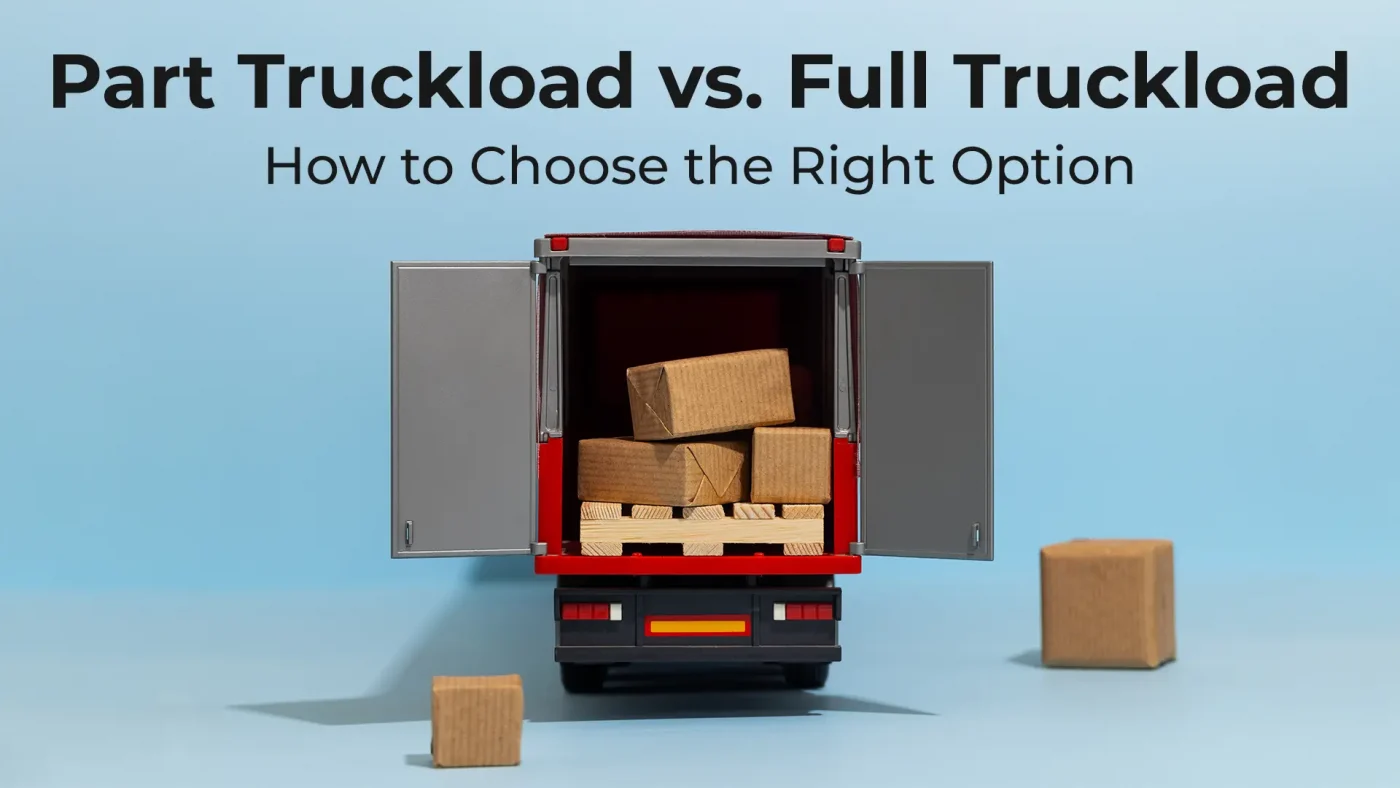






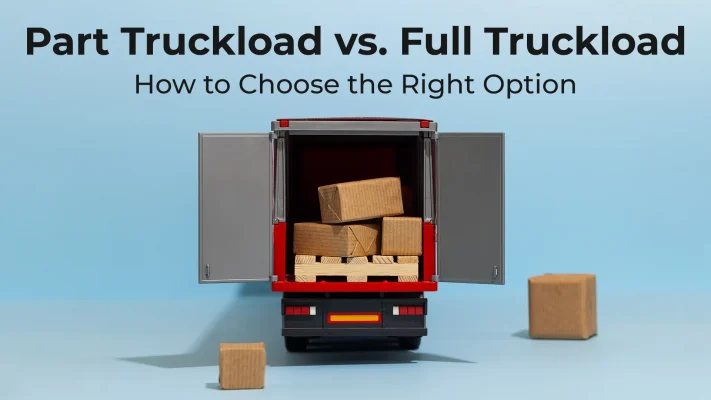
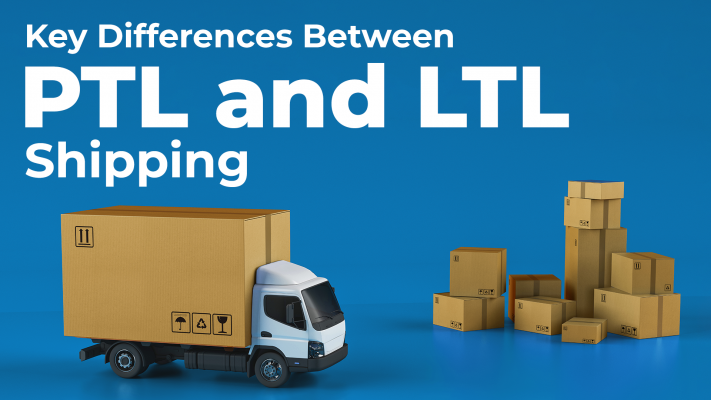

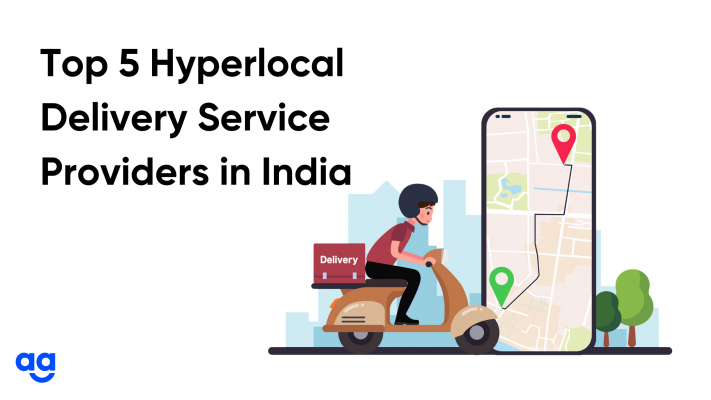
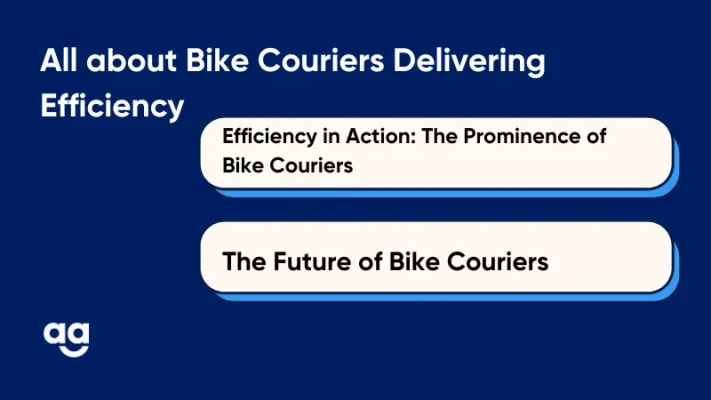
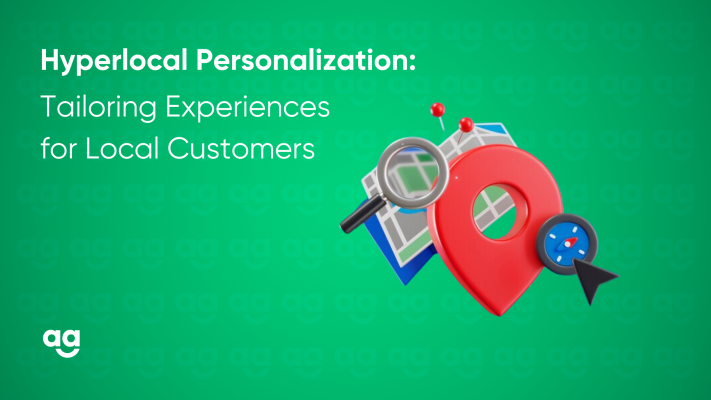
 Shipping
Shipping
